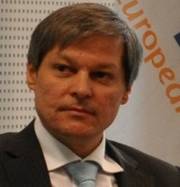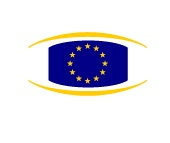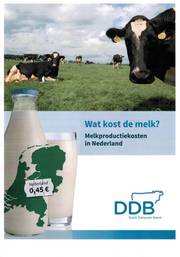EMB Newsletter July 2014
Newsletter as PDF
Contact
EMB - European Milk Board asbl
Rue de la Loi 155
B-1040 Bruxelles
Phone: +32 - 2808 - 1935
Fax: +32 - 2808 - 8265
Dear Dairy Farmers and Interested Parties,
So now the Commission’s Milk Report for 2014 is out. The Commission’s work is based on the Milk Package, drawn up with regard to the future of the milk sector after the end of the quotas. In 2014 and 2018, the Commission has to draw up a report on the market situation and the implementation the Milk Package.
What sounds such a routine thing is not to be taken for granted, though. It was only permanent pressure from the EMB and its dairy farmers that induced policy-makers to consider the development in the milk market from all angles.
What are the report’s key messages?
- The market is currently developing in a positive way and the medium-term forecast is also optimistic. However, severe market fluctuations are possible.
- Because of the favourable market development there has evidently been no incentive for farmers to join producer organisations.
- The results of the Milk Conference of September 2013 are still being deliberated.
- It is still too early to assess the effect of the Milk Package, particularly on disadvantaged regions.
- The Commission harbours strong doubts whether the existing safety net (storage, export subsidies) is sufficient for the period after March 2015.
- The Commission intends to carry on stimulating the discussion and accompanying the decision-making process right through to additional crisis instruments.
The basic political aim being emphasised is of maintaining stable milk production throughout the EU. The Commission will not stand idly by and watch too intense a process of concentration in what are called the “favoured areas”. Moreover, the Commission has “reserve powers” for extreme crises, although there are no details of them.
How are we dairy farmers to assess the report?
The positive assessment of the market development comes as no surprise. It reflects the present situation and so was to be expected.
What is surprising, though, are the extremely clear pointers to the market risks. From this realisation the Commission derives the necessity for further crisis instruments, and this is likewise congruent with the EMB’s view.
Once again the decision by the EMB General Meeting in April this year to adopt a crisis concept after the quota system is abolished points the way. Now is the time to ride on the back of the Milk Report and make the crisis concept command majority backing in the political debate.
Romuald Schaber (EMB Präsident)
EU Milk Report
EU Council of Ministers of Agriculture
Dutch study: milk price nowhere near covers the costs
Interview with Maria Heubuch: From farmer to MEP
Current Situation in Dairy Farming In Ireland
EMB Calendar
The EMB Board’s most important dates in July 2014:
- 1.07.: Board Meeting in Brussels
- 14.-15.07.: European Strategy Meeting on TTIP (and CETA)
- 16.07.: Stakeholder groups’ TTIP presentations (DG Trade)
- 24.07.: High-Level Group on the Milk Market Observatory
Impressum
European Milk Board asbl
Rue de la Loi 155
B-1040 Bruxelles
Phone: +32 2808 1935
Fax: +32 2808 8265
E-Mail: office@europeanmilkboard.org
Website: http://www.europeanmilkboard.org





